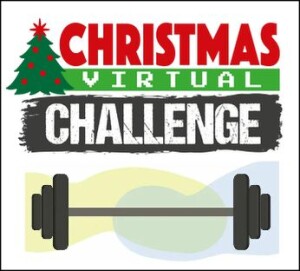Virtual Lift Off
By Steve Garner
Ok so got the word out there now, a few simple instructions is all thats needed here, but if you have any questions please message me… The Virtual Lift Off is open to all IAWA members anywhere….If you are not a current member we wont worry as it is not for records, and I am sure you will be re joining again at some soon point! The Three Lifts: The Clean and Press, The Cheat Curl, the Deadlift.. The lifts for Wheelchair athletes would be the Press and the Deadlift (on the Press the bar can be handed to the lifters) I would imagine the Cheat Curl would not work for wheelchair athletes, but if anyone finds a way we would be pleased to see it! You can perform the lifts whenever you want JUST DONT POST THEM ONTO THE PAGE until Tuesday 20th or Wednesday 21st, then it will be a nice Christmas surprise as the videos come flooding in….. To be lifted as individuals, or as team lifts of two persons (any combination) or enter both categories….no problem Be sure you post the weight lifted and your Age and Bodyweight in Kilos. And if a two person team…the age and bodyweight of both team members. (Use regular lifting equipment). Be sure to lift according to the rules, set the camera up in front of you and look at it as if it was the centre ref. Give yourself the signal to Press, and Curl, and then the down signal having completed the lift…..after all lifts. Be sure to wear appropriate dress as per lifting rules for the platform (T shirt with sleeves above the elbow and Shorts above the knees. No leggings ot long sleeved tops, wear lifting shoes (no stocking feet) BUT ……..as its Christmas and as its just for fun YOU MAY WEAR A CHRISTMAS HAT IN THE PHOTOS IF YOU WISH! Basically, it is all about a little bit of light relief and Christmas fun, but I am sure we will see some great lifts and team lifts too. We will vet all videos to see if they can be accepted for the competition, so please do not be offended if we have to point out any reasons why they dont cut the mustard, because although its for fun, we want to maintain lifting standards throughout… Remember…LIFE IS WHAT YOU MAKE IT….LETS GO AND MAKE IT GREAT! Happy Lifting all……looking forward to DECEMBER 20th!


